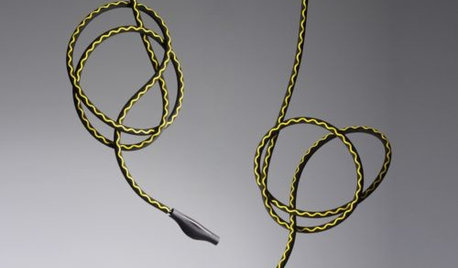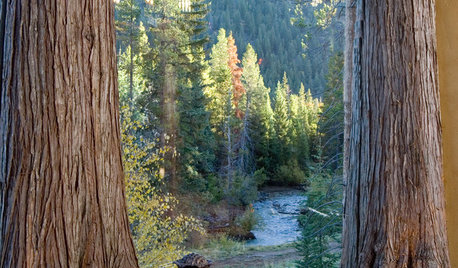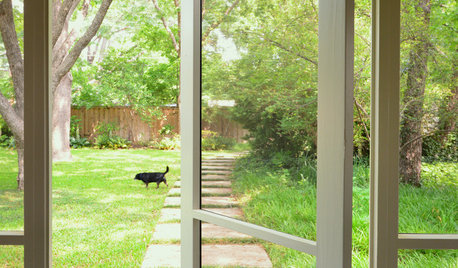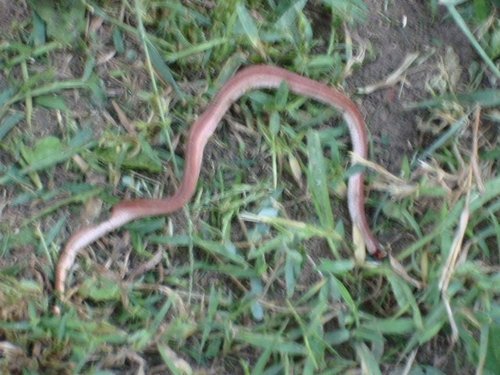Freaking out .. what kind of snake is this?
newbie0914
9 years ago
Related Stories

HOLIDAYSHisssss: Get Wrapped Up in the Year of the Snake
Throw your home some welcome curves with sinuous forms and reptilian patterns on all kinds of home decor
Full Story
DENS AND LIBRARIESRoom of the Day: Princess the Snake Reigns in a Luxe Library
Sure, there are books. But in this library the custom snake habitat may be most worth checking out
Full Story
REMODELING GUIDES9 Creative Window Designs for All Kinds of Spaces
When standard windows just won't cut it, these innovative options are a breath of fresh design air
Full Story
HOUSEKEEPING10 Things Neat Freaks Know to Be True
Do you err on the incredibly tidy side? Then you probably already live by these nuggets of neat wisdom
Full Story
LIFEYou Said It: ‘Every Room Should Have the Right Wrong Thing’ and More
This week on Houzz we were inspired to break out of catalog styling ruts and let our design freak flags fly
Full Story
FEEL-GOOD HOMEStop That Draft: 8 Ways to Keep Winter Chills Out
Stay warm without turning up the thermostat by choosing the right curtains, windows and more
Full Story
FEEL-GOOD HOMEWhat Really Makes Us Happy at Home? Find Out From a New Houzz Survey
Great design has a powerful impact on our happiness in our homes. So do good cooking smells, family conversations and, yes, big-screen TVs
Full Story
FURNITUREHow to Pick Out a Coffee Table
Get a great fit for your room and your lifestyle by considering a coffee table’s size, features and aesthetics
Full Story
DOORS10 Ways to Work Screen Doors, Inside and Out
Take this functional feature up a notch with one of the many alternative door styles available
Full Story
HOUSEKEEPINGHow to Clean Your Fridge, Inside and Out
Keep your refrigerator clean and fresh, while you gain storage space and lose those ‘UFOs’
Full Story



mulberryknob
newbie0914Original Author
Related Discussions
Help, my navel orange is freaking out, branches dying.
Q
Can someone help me tell what kind of snake this is?
Q
Starting to freak out :-/
Q
Well I got freaked out tonight
Q
Okiedawn OK Zone 7
scottokla
scottcalv
scottcalv
scottcalv
joeinmo 6b-7a
Macmex
Okiedawn OK Zone 7
mulberryknob
scottokla
scottcalv
Okiedawn OK Zone 7
kitchendetective